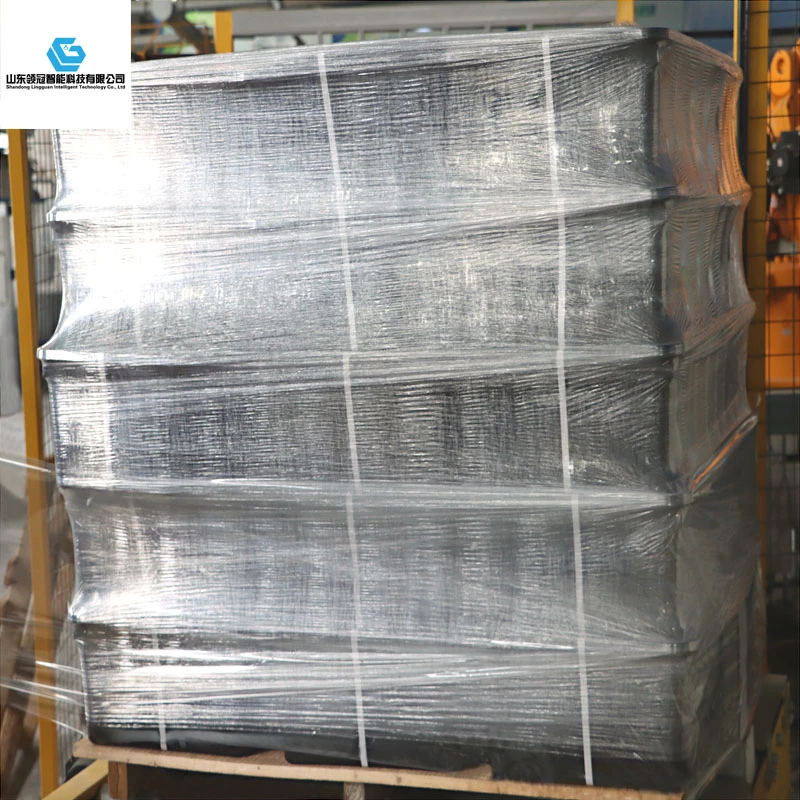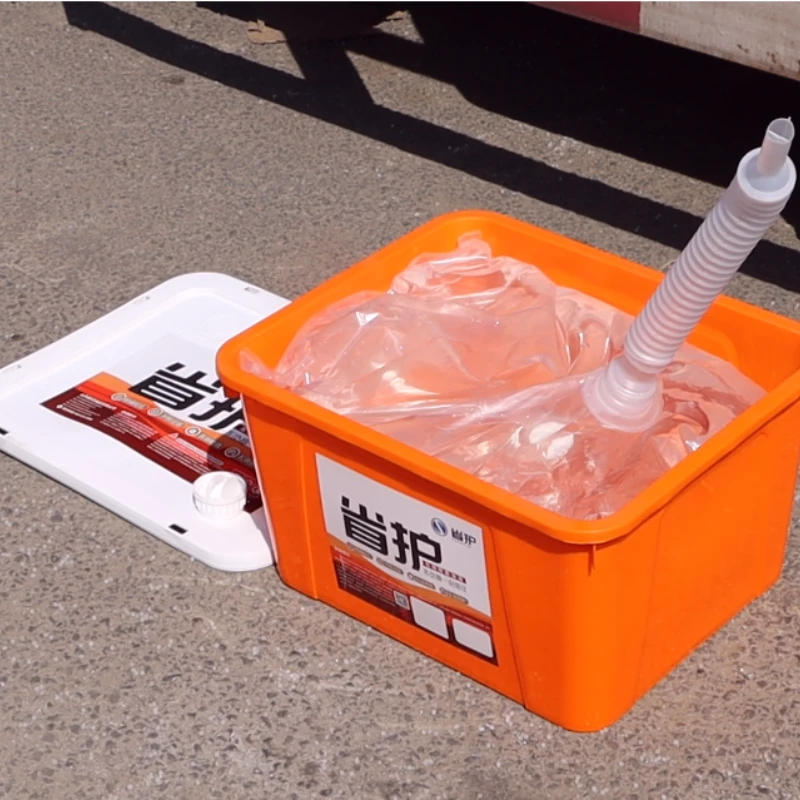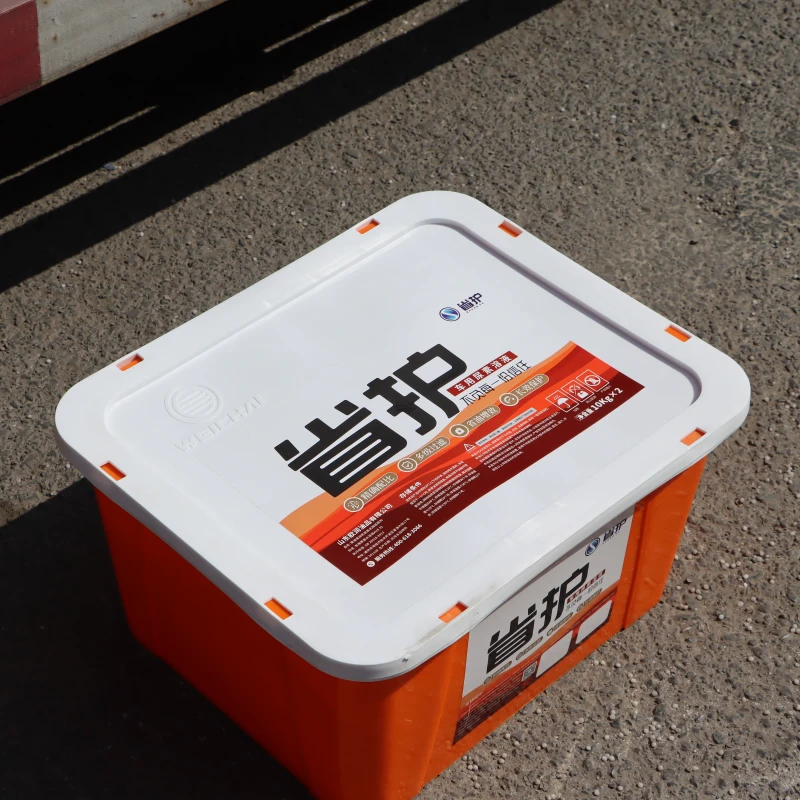Vehicle urea, also known as diesel exhaust fluid, is an essential component in reducing harmful emissions from diesel engines. As such, it is crucial to have a reliable transportation method for this substance. In this short article, we will take a brief look at how vehicle urea is transported in China, Europe, and America.
In China, the transportation of vehicle urea is mainly done by road and rail. Due to the vast size of the country, long-distance transportation is often done by rail, which is more cost-effective and efficient. However, road transportation is still the primary choice for short-distance delivery, especially in urban areas, where the demand for vehicle urea is high.
LOADING STEPS
In order to facilitate logistics loading and unloading by dealers, during pallet storage and transportation, the height can be stacked into five boxes, with 9 boxes per layer. To fill a pallet, 45 boxes are required, with a net weight of 0.9 tons. Finally, for protection, multiple layers of film are wrapped and tightened.
When transporting pallets with a forklift, the height of the bottom end of the fork from the ground should be maintained at least 200mm. The gantry must be close to the shelf and slightly tilted back. The fork should not be raised too high during driving, and sudden braking is prohibited during transportation.
During vehicle transportation, the pallets are discharged and loaded from the front of the vehicle to the rear, and the pallets are tightly attached to each other. During transportation, it is prohibited to stack other goods on top of the goods, stack the pallets for transportation, brake sharply during transportation, and expose to rain and sunlight.

In conclusion, the transportation method of vehicle urea varies from region to region. China primarily uses railway transportation, Europe has strict guidelines for safe transportation, and America uses a combination of truck and rail transportation. Regardless of the transportation method, it is crucial to have a reliable and safe process in place to transport this substance to reduce harmful emissions from diesel engines.





